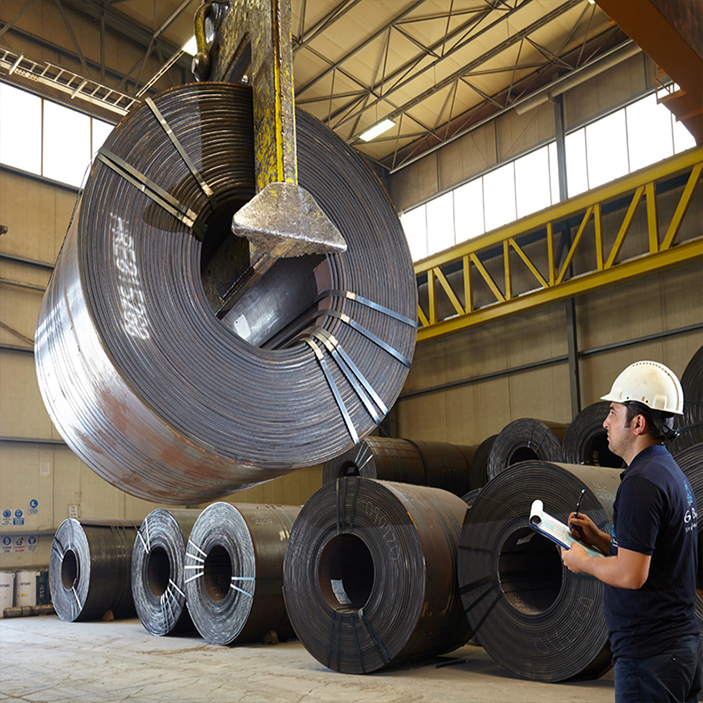S460N/Z35 steel plate normalizing, European standard high strength plate, S460N, S460NL, S460N-Z35 steel profile: S460N, S460NL, S460N-Z35 is hot rolled weldable fine grain steel under normal/normal rolling condition, grade S460 steel plate thickness is not more than 200mm.
S275 for non-alloy structural steel implementation standard :EN10025-3, number: 1.8901 The name of the steel consists of the following parts: Symbol letter S: structural steel related thickness of less than 16mm yield strength value: minimum yield value Delivery conditions: N specifies that the impact at the temperature not less than -50 degrees is represented by a capital letter L.
S460N, S460NL, S460N-Z35 Dimensions, shape, weight and allowable deviation.
The size, shape and allowable deviation of the steel plate shall comply with the provisions of EN10025-1 in 2004.
S460N, S460NL, S460N-Z35 delivery status Steel plates are usually delivered in normal condition or through normal rolling under the same conditions.
S460N, S460NL, S460N-Z35 Chemical Composition of S460N, S460NL, S460N-Z35 steel Chemical composition (melting analysis) shall comply with the following table (%).
S460N, S460NL, S460N-Z35 chemical composition requirements: Nb+Ti+V≤0.26; Cr+Mo≤0.38 S460N Melting Analysis Carbon Equivalent (CEV).
S460N, S460NL, S460N-Z35 Mechanical properties The mechanical properties and process properties of S460N, S460NL, S460N-Z35 shall meet the requirements of the following table: Mechanical properties of S460N (suitable for transverse).
S460N, S460NL, S460N-Z35 impact power in normal state.
After annealing and normalizing, the carbon steel can obtain balanced or near balanced structure, and after quenching, it can obtain non-equilibrium structure. Therefore, when studying the structure after heat treatment, not only the iron carbon phase diagram but also the isothermal transformation curve (C curve) of steel should be referred to.
The iron carbon phase diagram can show the crystallization process of the alloy at slow cooling, the structure at room temperature and the relative amount of phases, and the C curve can show the structure of the steel with a certain composition under different cooling conditions. C curve is suitable for isothermal cooling conditions; The CCT curve (austenitic continuous cooling curve) is applicable to continuous cooling conditions. To a certain extent, the C curve can also be used to estimate the microstructure change during continuous cooling.
When the austenite is cooled slowly (equivalent to furnace cooling, as shown in Fig. 2 V1), the transformation products are close to the equilibrium structure, namely pearlite and ferrite. With the increase of cooling rate, that is, when V3>V2>V1, the undercooling of austenite gradually increases, and the amount of precipitated ferrite becomes less and less, while the amount of pearlite gradually increases, and the structure becomes finer. At this time, a small amount of precipitated ferrite is mostly distributed on the grain boundary.

Therefore, the structure of v1 is ferrite+pearlite; The structure of v2 is ferrite+sorbite; The microstructure of v3 is ferrite+troostite.
When the cooling rate is v4, a small amount of network ferrite and troostite (sometimes a small amount of bainite can be seen) are precipitated, and the austenite is mainly transformed into martensite and troostite; When the cooling rate v5 exceeds the critical cooling rate, the steel is completely transformed into martensite.
The transformation of hypereutectoid steel is similar to that of hypoeutectoid steel, with the difference that ferrite precipitates first in the latter and cementite precipitates first in the former.
Post time: Dec-14-2022



